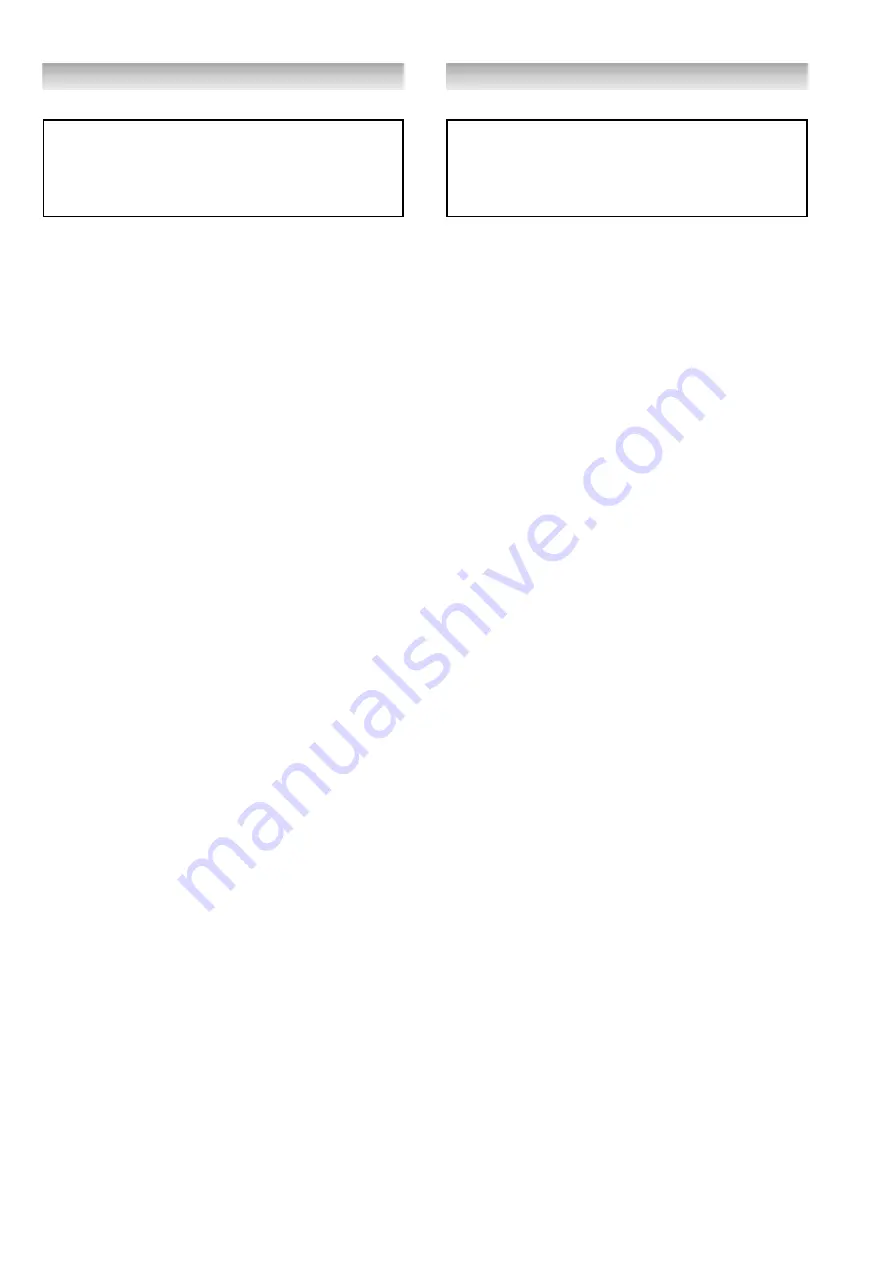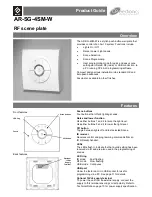
MANUALE TECNICO MT035
ATTENZIONE
Al termine dell’operazione ricollegare la testata di
comando alla presa di pressione di valle.
N.B.: E’ consigliabile ripetere le prove di intervento
almeno ogni 6 mesi.
Al termine delle operazioni di verifica del blocco, pro-
cedere come segue:
1) Assicurarsi che il blocco sia in posizione di chiusura.
2) Aprire molto lentamente la valvola di intercettazione di
entrata V1.
3) Aprire molto lentamente la valvola di blocco tirando
l’apposita bussola filettata.
4) Aprire il rubinetto di sfiato a valle 6.
5) Verificare sul manometro del preriduttore 2 che la
pressione di taratura dello stesso sia compresa entro il
campo di valori consigliato Pep= Pa+(0,15 ÷ 0,2) bar.
6) Controllare, mediante il manometro 5, che la pressione
non superi il valore massimo consentito dalla molla di
taratura montata nel pilota 3. Eventualmente sospendere
l'operazione chiudendo V1 e diminuendo completamen-
te il carico della molla ruotando in senso antiorario la
ghiera 11. Riaprire quindi lentamente la valvola V1.
7) Aggiustare, se necessario, la taratura ruotando oppor-
tunamente la ghiera 11.
8) Chiudere il rubinetto di sfiato 6 e verificare che la pres-
sione di valle, dopo una fase di incremento, si stabilizzi,
e ad un valore di poco superiore a quello proprio di
chiusura dell'insieme pilota/regolatore. In caso contra-
rio rimuovere le cause che generano la perdita interna.
9) Con un mezzo schiumogeno controllare la tenuta di tutte le
giunzioni poste tra le valvole di intercettazione V1 e V2.
10) Aprire molto lentamente la valvola di intercettazione di
valle V2 fino ad ottenere il completo invaso della con-
dotta. Se all'inizio di questa operazione la pressione
nella condotta è molto più bassa di quella di taratura
sarà opportuno parzializzare l'apertura di questa val-
vola in modo da non oltrepassare il valore della porta-
ta massima dell'impianto.
11) Se in condizioni di normale esercizio insorgono fenome-
ni di pompaggio è consigliabile ridurre la taratura del
preriduttore RR40 ruotando la ghiera 10 in senso antio-
rario senza comunque scendere al di sotto del valore
minimo consigliato. Nel caso invece che all'aumentare
della portata si verifichi una eccessiva diminuzione della
pressione regolata, è opportuno aumentare la taratura
del preriduttore ruotando la ghiera in senso orario.
12) E’ consigliabile controllare che, facendo intervenire
manualmente la valvola di blocco, la portata della linea
si arresti.
ATTENTION
At the end of the operation, reconnect the control
head to the downstream pressure take-off.
N.B.: The intervention tests should be repeated at
least every 6 months.
At the end of the slam-shut check, proceed as fol-
lows:
1) Check that the slam-shut is in the closed position.
2) Very slowly open the inlet on/off valve V1.
3) Very slowly open the slam-shut by pulling the asso-
ciated threaded bushing.
4) Open the downstream bleed cock 6.
5) Check on the pressure gauge of the preregulator 2
that its pressure set-point is within the recommended
range of values Pep=Pa+(0.15 ÷ 0.2) bar.
6) Check on the pressure gauge 5 that the pressure does
not exceed the maximum value permitted by the set-
ting spring fitted in the pilot 3. If necessary, suspend
the operation by closing V1 and completely reducing
the load on the spring by turning the ring 11 anti-
clockwise. Then slowly reopen the valve V1.
7) If necessary, adjust the setting appropriately turning
the ring nut.
8) Close the bleed cock 6 and check that the down-
stream pressure, after a period of increase, stabili-
zes and at a value slightly higher than that of clo-
sure of the pilot/regulator assembly. Otherwise eli-
minate the causes of the internal leakage.
9) Using a foam substance, check the tightness of all
the joints between the on-off valves V1 and V2.
10) Very slowly open the downstream on-off valve V2
to obtain the complete filling of the pipe. If at the
beginning of this operation the pressure in the pipe
is much lower than the set point, the opening of
this valve should be choked so as not to go beyond
the maximum flow value for the installation.
11) If pumping occurs in normal working conditions,
you are advised to reduce the setting of the prere-
gulator RR40 by turning the ring 10 anticlockwise
without, however, dropping below the minimum
recommended value. If, on the other hand, there is
an excessive reduction in the regulated pressure
with the increase of the flow rate, you should
increase the setting of the preregulator by turning
the ring clockwise.
12) It is recommended check that when you operate the
slam-shut manually, the flow in the line stops.
TECHNICAL MANUAL MT035
24














































